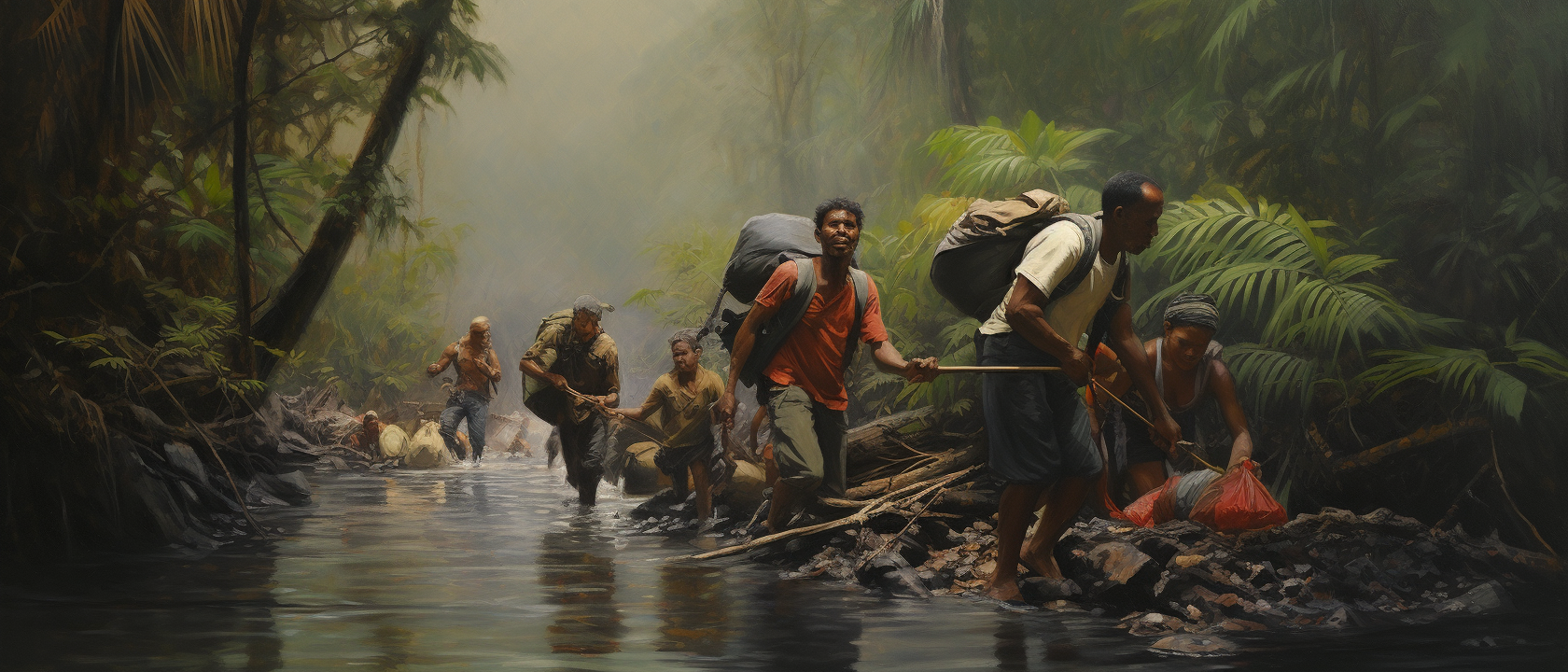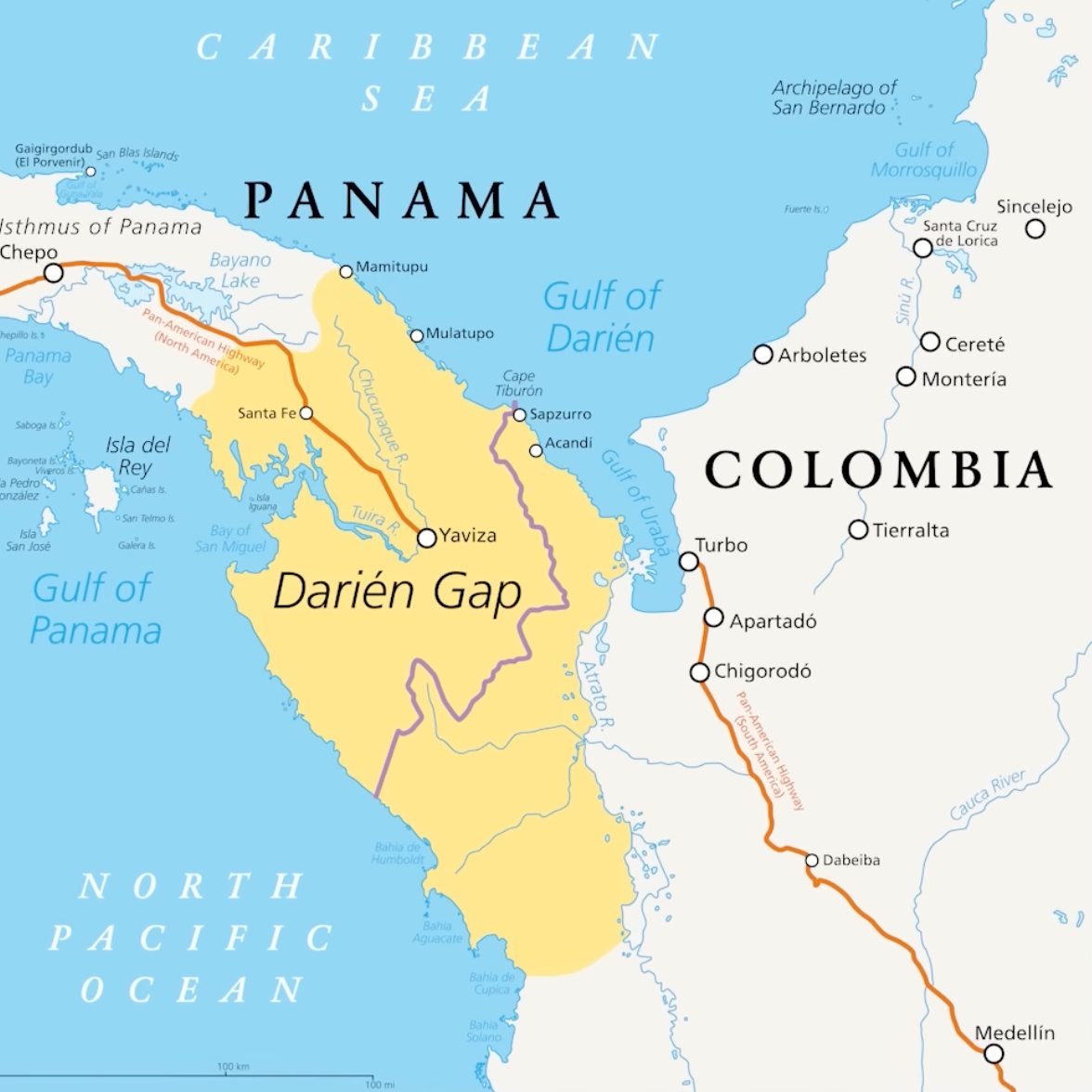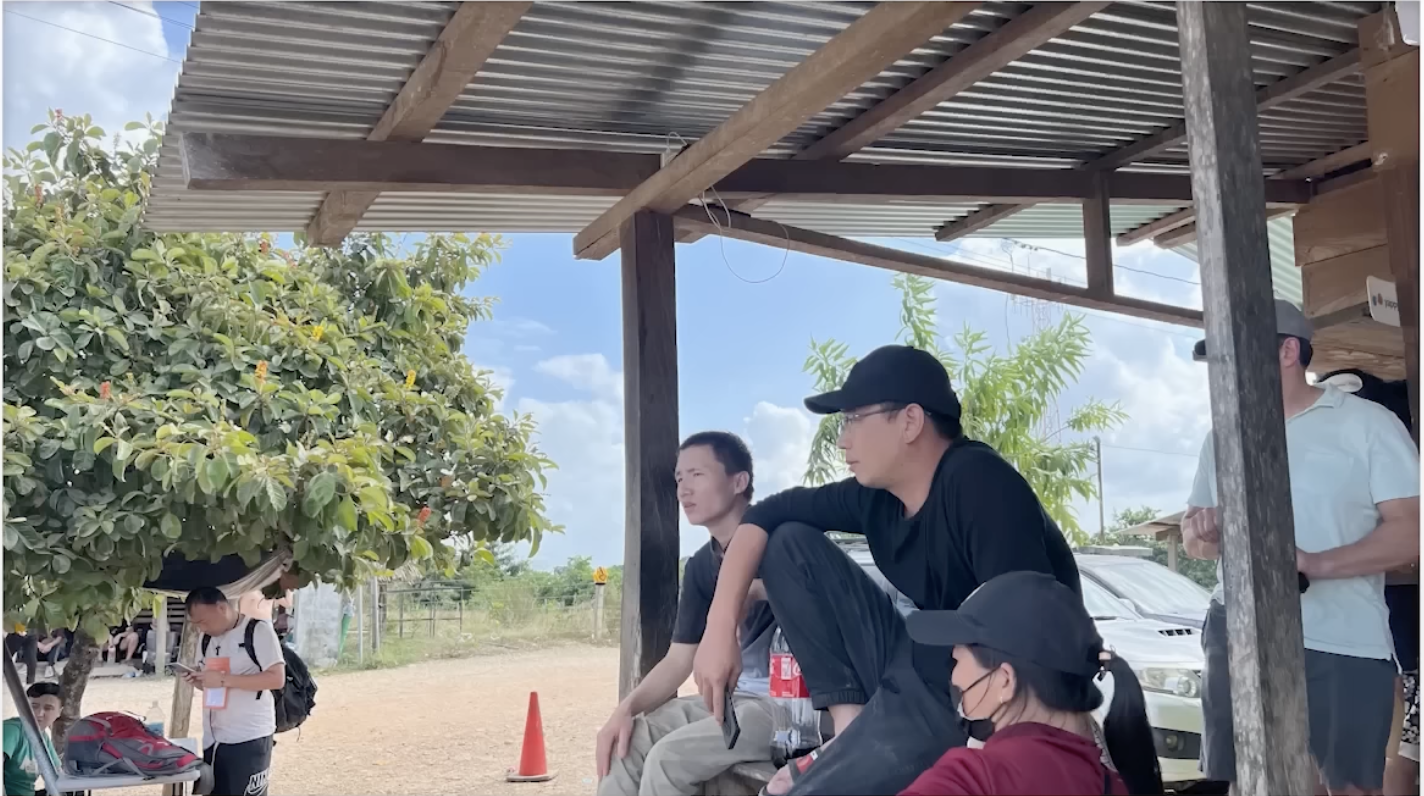

The Darien Gap is a critical component in understanding the current migration patterns to the United States.
The Darien Gap is a geographical region that has garnered significant attention in recent years due to the massive movement of migrants attempting to traverse its challenging terrain. This article aims to dissect the nature of the Darien Gap, the migration patterns through it, and the implications of this phenomenon as described by Dr. Brett Weinstein on a recent interview with Tucker Carlson.
The Darien Gap is a dense jungle located between Panama and Colombia, serving as a break in the Pan-American Highway, which extends from Prudhoe Bay, Alaska, to the southern tip of South America. The gap is not a canyon but rather a 60-mile stretch of impenetrable jungle that has remained undeveloped due to both the difficulty of constructing a road through such a landscape and the dangers associated with the area.

Despite the treacherous conditions, including mountainous terrain, heavy rainfall, and a lack of proper trails, at least 520,000 migrants crossed the Darien Gap in the past year alone. The hazardous journey often leads to injuries, hypothermia, and even death. This migration is notable for its diversity; migrants originate from various regions, including South America, the Middle East, and Asia.
Migrants typically arrive unprepared, often losing their belongings to robbery or the elements by the time they reach the Darien. Many have reportedly encountered corpses along the way, underscoring the perilous nature of the trek. Upon reaching Panama, migrants encounter transit camps where they can recover and prepare for the next leg of their journey. These camps often display emblems of international NGOs and the flags of contributing nations, including the United States, indicating external support for the migration process.
One camp in particular, San Vicente, is noted for its predominantly Chinese population. These migrants are described as reticent and appear to bypass much of the Darien Gap's dangers due to having the financial means to travel by boat. The distinct characteristics of this group, including the lack of children observed and their military-age demographic, have led to speculation that their migration may be part of a coordinated effort by the Chinese government.

The influx of migrants through the Darien Gap presents multifaceted challenges. From an environmental perspective, the routes through the jungle are littered with debris and have disrupted the local wildlife. Economically and politically, the migration has raised questions about the role of international organizations, national border policies, and the potential for foreign influence on domestic issues. Moreover, the humanitarian crisis resulting from the dangerous journey is compounded by the lack of a cohesive strategy to address the migrants' needs once they reach their destination.
The Darien Gap is a critical component in understanding the current migration patterns to the United States. The complexities of the situation, including the involvement of international entities, the diversity of the migrant population, and the potential geopolitical ramifications, necessitate further investigation and an interdisciplinary approach to develop comprehensive solutions. The ongoing migration through the Darien Gap remains a testament to both human resilience in the face of adversity and the urgent need for a global dialogue on migration management.